-
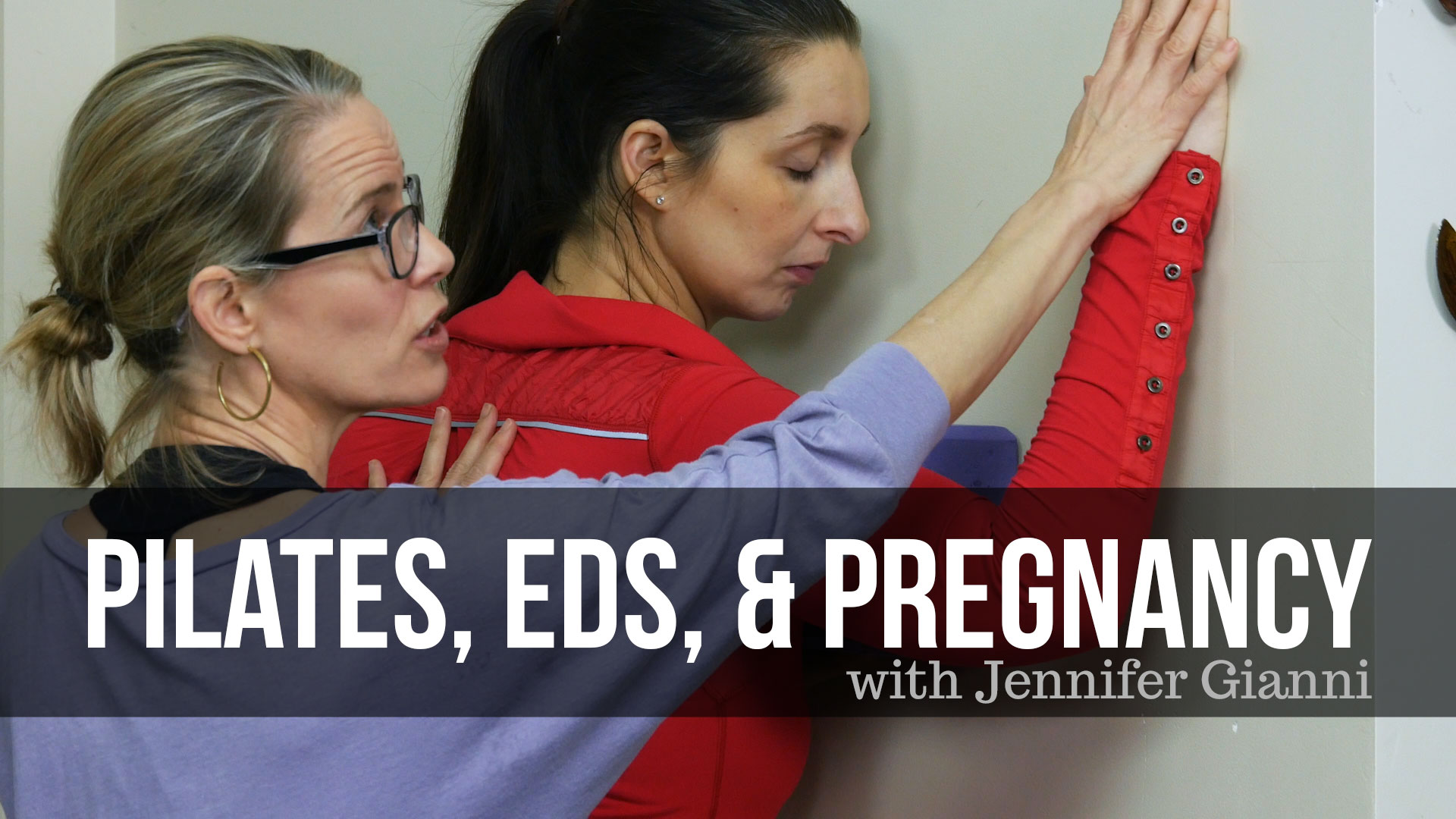 See More
See More
-
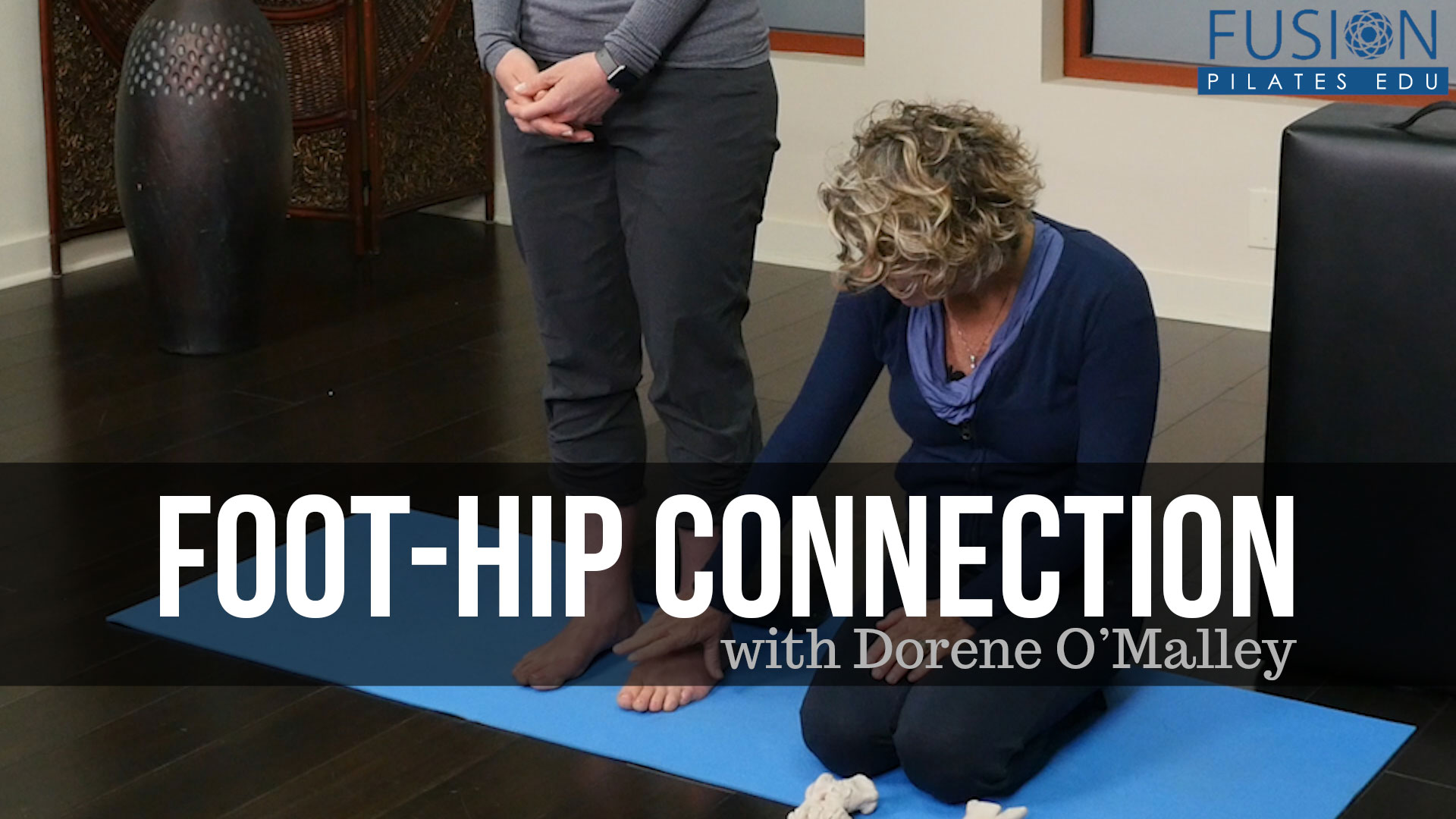 See More
See More
-
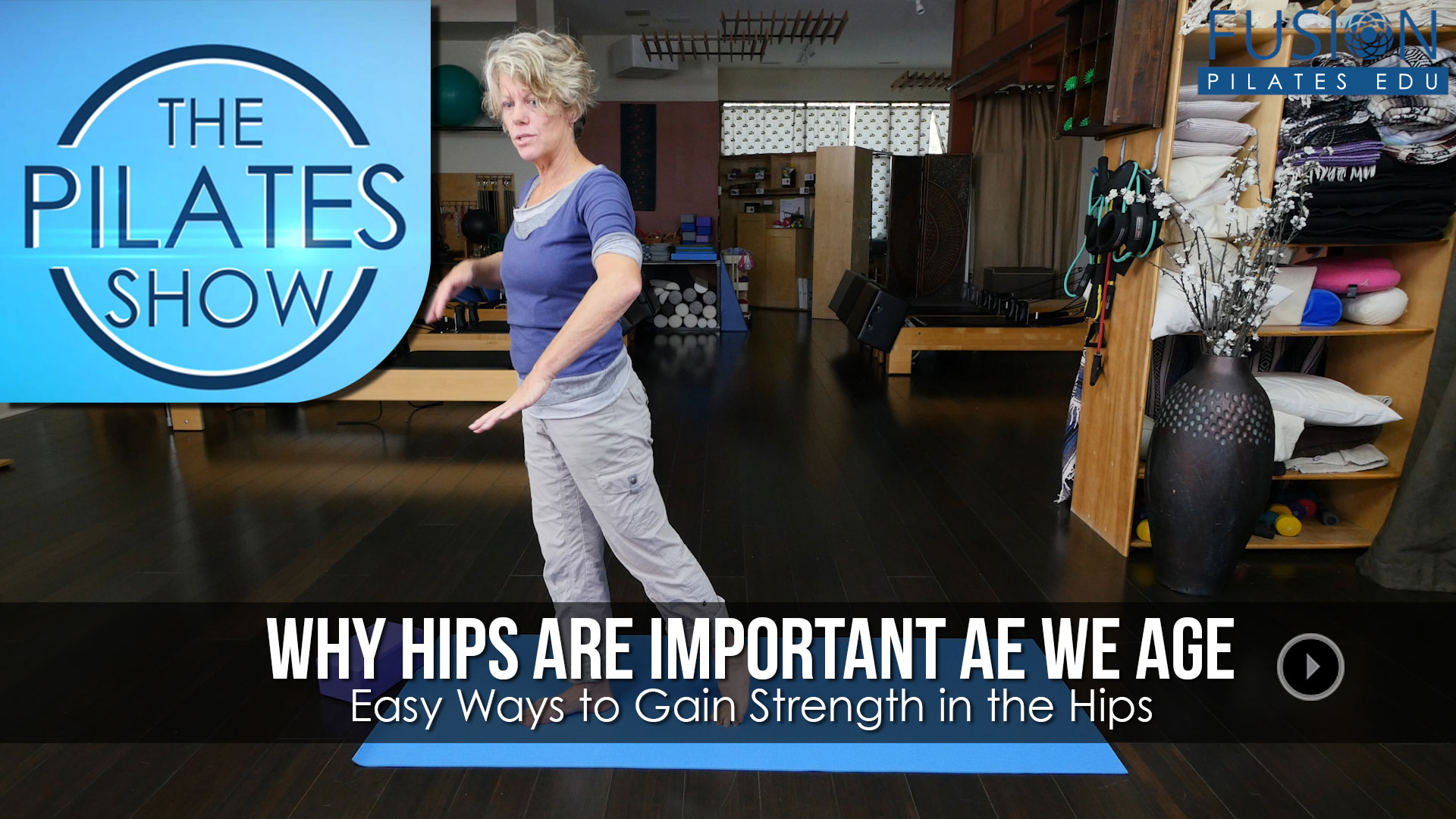 See More
See MoreWhy Hips are Important As We Age: Easy Ways to Gain Strength in the Hips
Click the Alerts icon above for an email reminder when a new episode posts! Learn how to get your elderly population to engage their glutes for self-efficacy SHOW NOTES: Want MORE?! Check out our workshops here! Have a question you’d like to see addressed? Have a comment? We want to hear from you – […]…
-
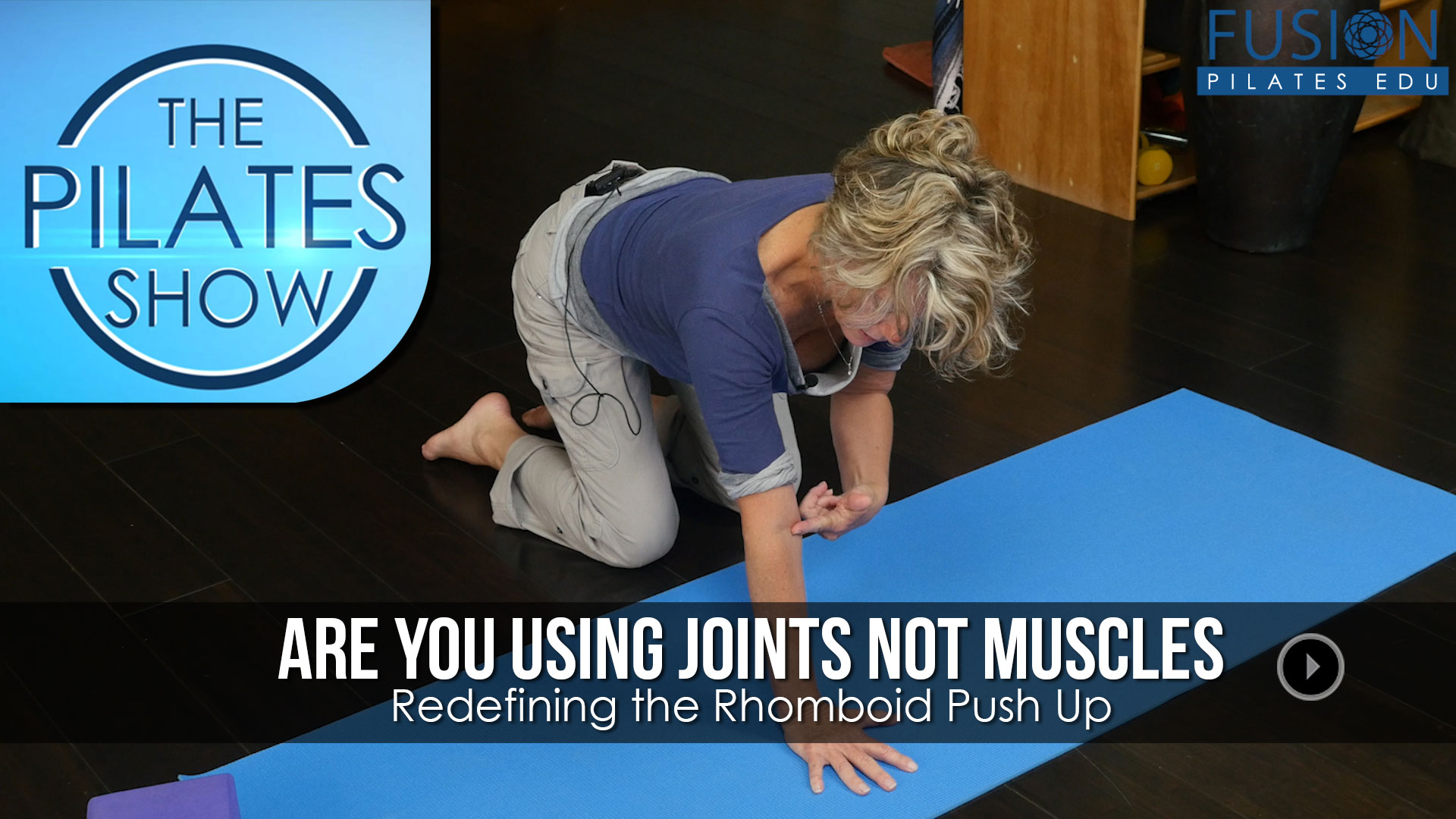 See More
See MoreAre You Using Joints Not Muscles: Redefining the Rhomboid Push Up
Click the Alerts icon above for an email reminder when a new episode posts! Learn how to work muscularly on hands and knees instead of relying on joints SHOW NOTES: Want MORE?! Check out our workshops here! Have a question you’d like to see addressed? Have a comment? We want to hear from you […]…
-
 See More
See MoreThe Pilates Show! – The Eyes Have It
Click the Alerts icon above for an email reminder when a new episode posts! In this episode, Casey passes on some creative ideas for helping your clients with neurological disorders. SHOW NOTES: Learn more about Elizabeth Larkam’s workshops here. Learn more about Anne Mettee here. Find lots of free Release Workshops here. For information on […]…
-
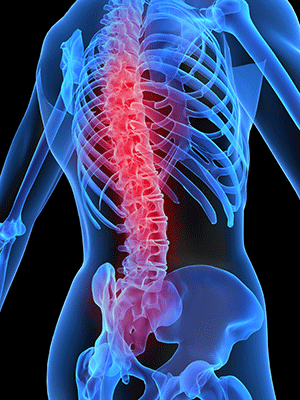 See More
See MoreStability Exercises to Prevent and Heal Lower Back Pain
Our Core Muscles (those that literally hug the bones of our spine) stabilize and protect the spine, but the outer Global Muscles create the actual movement, such as an abdominal curl or rotation. (For more info on the Global Muscles, see the entry “Pilates Foundations: Core Activation.”) The Core and Global systems have to marry […]…
-
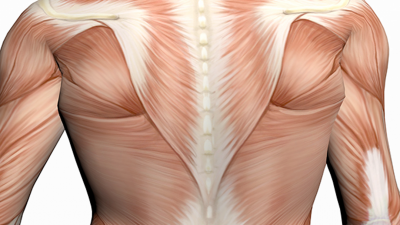 See More
See MoreUsing Pilates to Prevent and Heal Lower Back Pain: Stretches
Millions of us live with moderate to severe back pain on a daily basis. Our hectic lives of spending long hours at a desk, in front of a computer, or behind the wheel of a car makes it difficult to maintain good back health. Many of us are learning what professional athletes have known for […]…
-
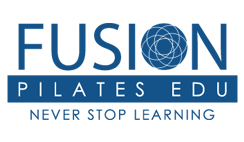 See More
See MoreParkinson’s: Tennis Ball Stretches for the Hands
Tremors in the hands and fingers are very common in our Parkinson’s clients. Doing exercises that talk to their connective tissue, brain, and nervous system can really help them key down and organize better. Learn some simple hand stretches with the spiky or tennis ball that can get rid of undue tension and gripping in […]…
-
 See More
See MorePilates Stability Exercises to Prevent and Heal Lower Back Pain
It’s rare that a week goes by without a new client walking into the studio explaining that their friend, doctor, or a magazine has told them that Pilates is the cure to low back pain. Well, yes and no. Just like everything else, a Pilates regimen needs to be balanced and tailored to the person […]…
-
 See More
See MoreParkinson’s: The Importance of Springs and Bands
Pilates is amazingly useful for your clients with Parkinson’s disease or other neurological disorders. This is where the Mind/Body connection can really be used to your client’s advantage. Knowing how to cater to special populations is good for your clients, and for your business! We hope you found this helpful. Tell us your thoughts below!…
-
 See More
See MoreOsteoporosis: Single Leg Work on the Cadillac with a Stability Ball
Coming up with variations and modifications for clients of special populations is an important part of being a successful Pilates instructor. With osteoporosis clients, and their need for limited spinal flexion, you need to think of ways to work the internal and external obliques in a nontraditional way. This exercise speaks to this need and […]…
-
 See More
See MoreOsteoporosis: Single Leg Foot in Strap on the Reformer
With cases of Osteoporosis on the rise, it is vital that we Pilates teachers know how to handle this growing clientele. With spinal flexion off the table, you must get creative with the exercises to still bring a well-rounded practice to these clients. The equipment is very helpful in this endeavor. And any exercises in […]…
